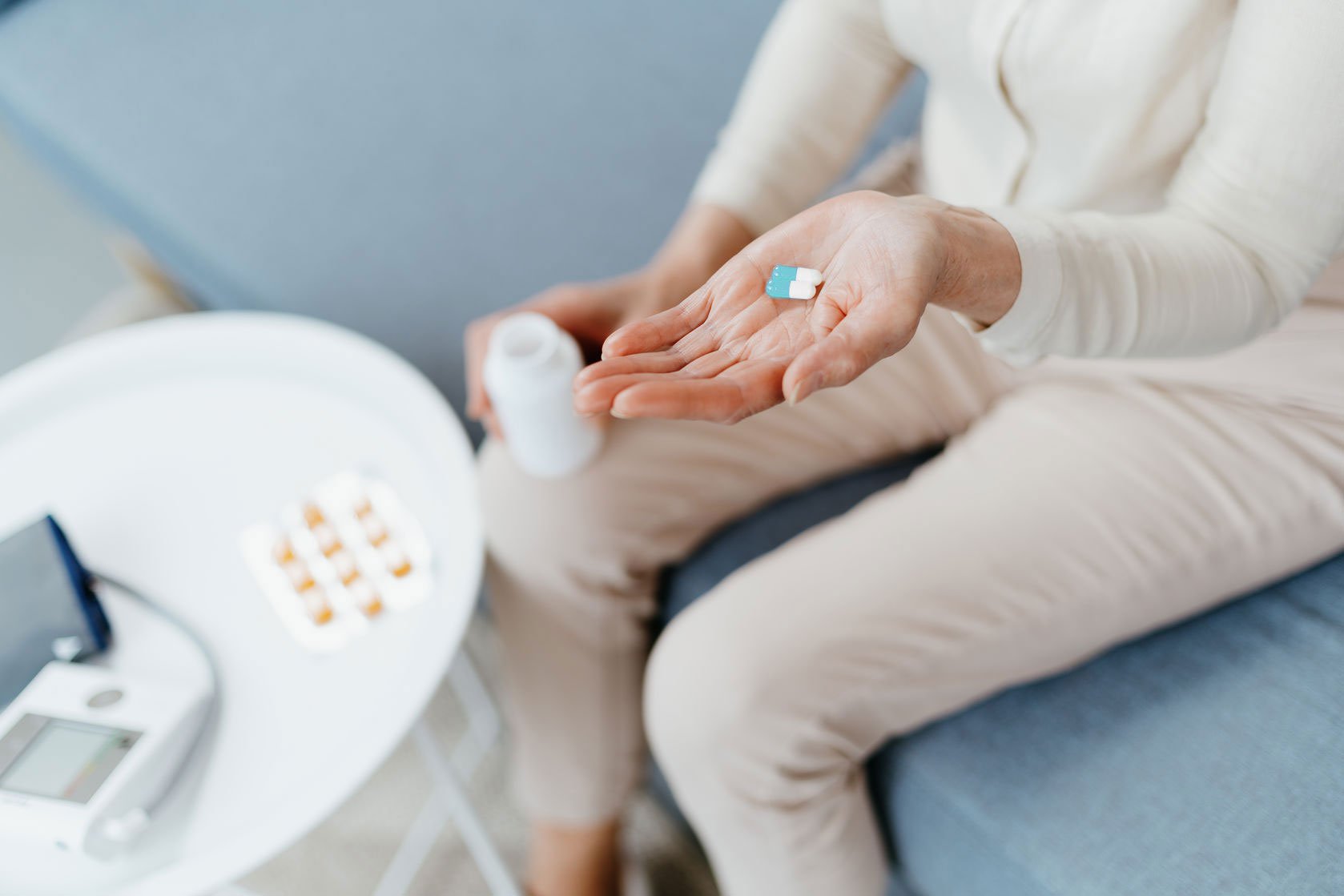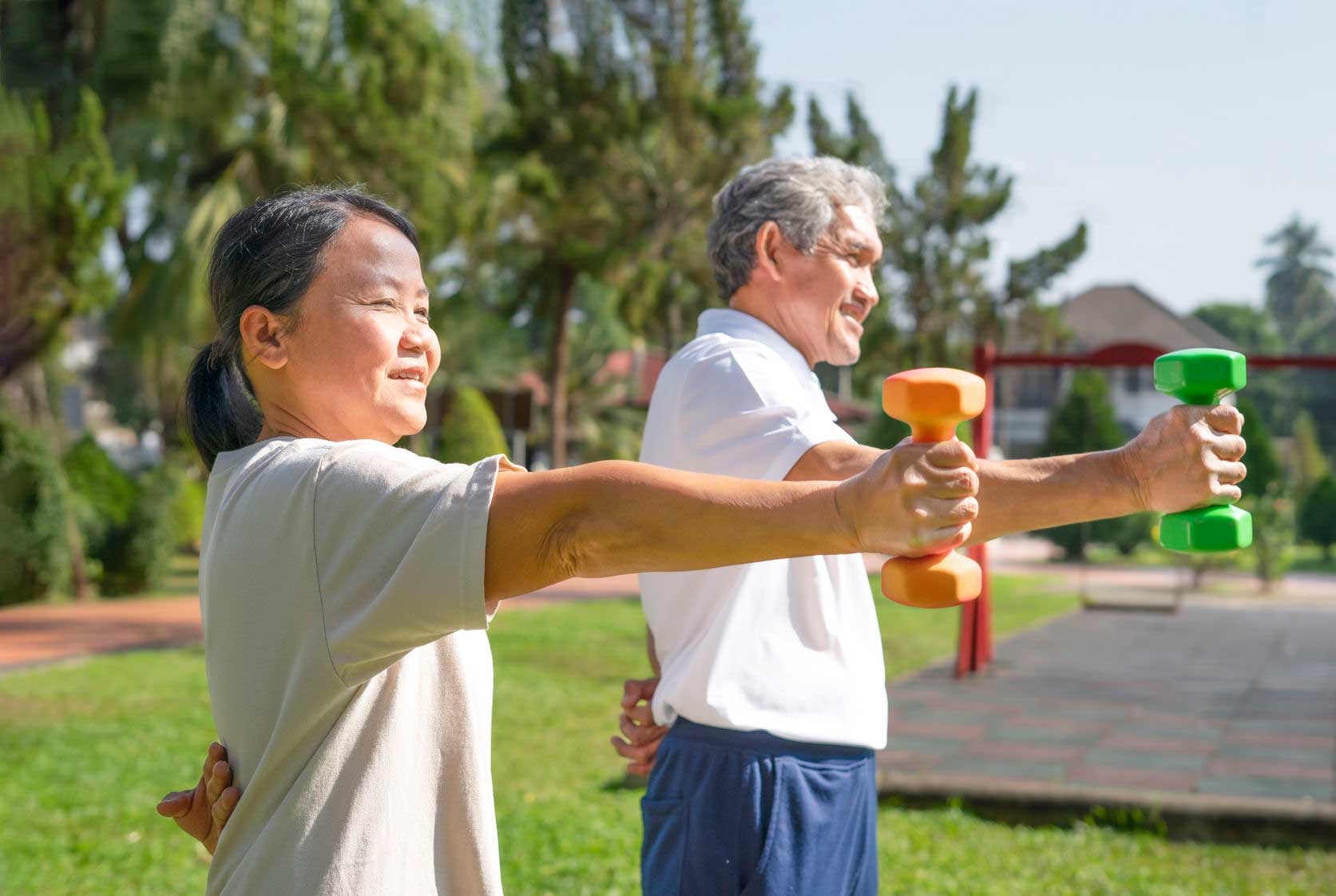
The term heatstroke may still be quite foreign to most of you. This is a condition when the body experiences a drastic increase in temperature, even reaching up to 40 degrees Celsius.
This condition can occur when a person has been exposed to hot temperatures in the surrounding environment which have reached more than the tolerance limit. Not only adults, but this condition can occur in anyone, especially babies and the elderly.
Even though it sounds quite trivial, you should never just ignore it. Because heatstroke is a disorder that can be life-threatening if it is not treated properly, especially if you live in a tropical country like Indonesia.
Symptoms of Heatstroke Disorder
As previously explained, heatstroke is an emergency medical condition that can occur due to exposure to heat as well as lack of fluids. That's why it is very important to know some of the symptoms that sufferers can experience.
As a note, the symptoms felt by each person will likely be different and depend on their individual health condition. However, in general, someone who experiences heatstroke will experience the following symptoms:
- High fever reaches 40 degrees Celsius or more
- Mild headaches that cause discomfort
- Reddened skin
- Lips become dry
- Sweating profusely
- The pulse rate increases drastically
- Slowed response rate
- There is a change in mental condition or behavior such as confusion or rebellion
- Rapid breathing
- Easily nauseous or vomiting
- Faint
Causes of Heatstroke
Heatstroke generally occurs due to the body being exposed to high levels of heat and not having the ability to cool itself. The following is a complete explanation of the causes of this condition:
- The body is unable to maintain a stable body temperature
In general, a person's body has the ability to maintain a stable temperature even though very high temperature changes occur. But someone who has heatstroke will likely lose their ability to regulate body temperature. - Reduced sweating
If the temperature in the environment is higher than body temperature, sweating becomes a process to cool the body. The ability to sweat is regulated directly by the hypothalamus which is part of the brain. But sometimes, there are some people who don't have the ability to sweat.
Apart from the causes above, this disorder can also be caused by a number of other risk factors such as Alzheimer's disease, anorexia, lying in bed for a long time, diabetes, Parkinson's, hyperthyroidism, hyperkalemia, obesity and lack of sleep.
How to Prevent Heatstroke
As we explained previously, this condition should not be taken lightly because it can threaten a person's life. But don't worry! Because you can prevent this condition as early as possible so that it doesn't get worse. The following are a number of treatment methods that can be used for heatstroke:
- Sufficient body fluid needs
When you do quite intense activities in hot weather, make sure you meet your fluid intake first. This method aims to ensure that the body remains optimally hydrated.
Not only can it prevent dehydration, but meeting your fluid needs will help your body temperature remain normal. That way, you can prevent heatstroke. There is no harm in consuming drinks rich in electrolytes. - Wear Loose, Light Clothes
Another precaution that can be taken to avoid heatstroke is to wear loose clothing in light colors and light materials. Wearing thick and tight clothing when the weather is hot is a wrong action.
Because this will make it more difficult for the body to get good air circulation so the risk of developing this disease can be higher. To keep your body cool, there's no harm in using a damp towel too. - Don't exercise during the day
Exercising is one of the physical activities that will help the body stay fit and healthy. But if you do it during the day, it will be a very wrong decision because it risks causing your body temperature to increase drastically.
We recommend that you do sports or other physical activities when the air temperature drops, such as in the morning or evening. Don't forget to wear comfortable sports clothes. - Get Enough Rest
Early prevention of this disease is to don't forget to get enough rest. Moreover, if the next day you have to do strenuous activities outside, then getting enough rest is an option.
When the body lacks sleep, it will make the body's immune system low. It is not impossible that you will later get this disease. - Use Sunscreen
Sunscreen is not only useful for preventing sunburn, but can also help cool you down in hot weather. Try using sunblock or sunscreen evenly on skin that is often exposed to the sun. Repeat these steps every two hours for optimal results. - Try to Find Shelter
Give yourself limits in carrying out activities in hot weather by looking for shelter too. Moreover, if you are not used to hot weather, you are very susceptible to heat-related conditions, including heatstroke.
Heat attack or heatstroke is one of the conditions that can occur due to exposure to high heat and the body failing to cool down. If you often do outdoor activities, then know the symptoms and prevention of heatstroke well.
In order to protect yourself and your family from various risks, it cannot be denied thatinsurance functionplays an important role. Get more information about the health protection solutions you can choose on the page Healthy Protection Solution. Don't ignore the importance of insurance protection for your future!
Others Articles








